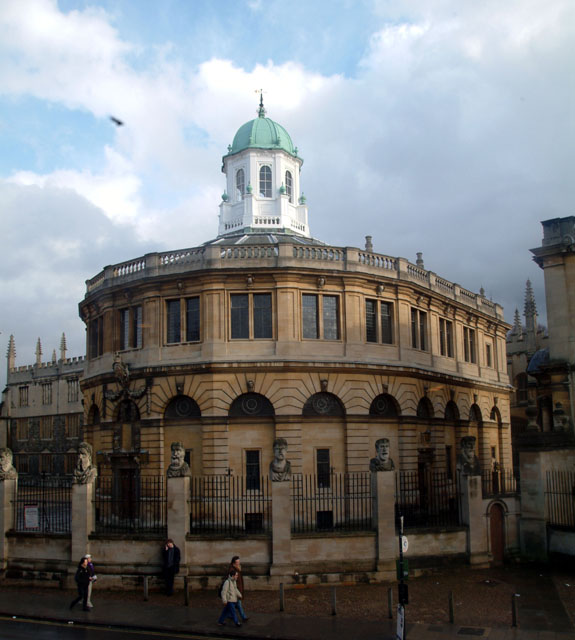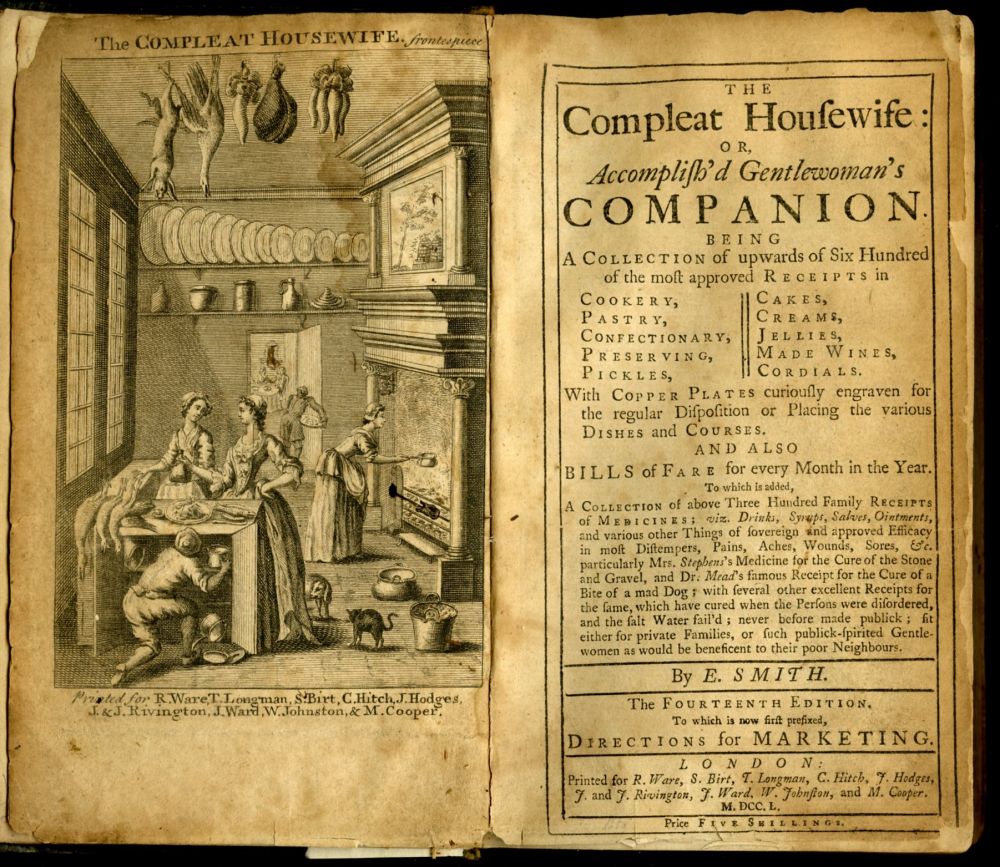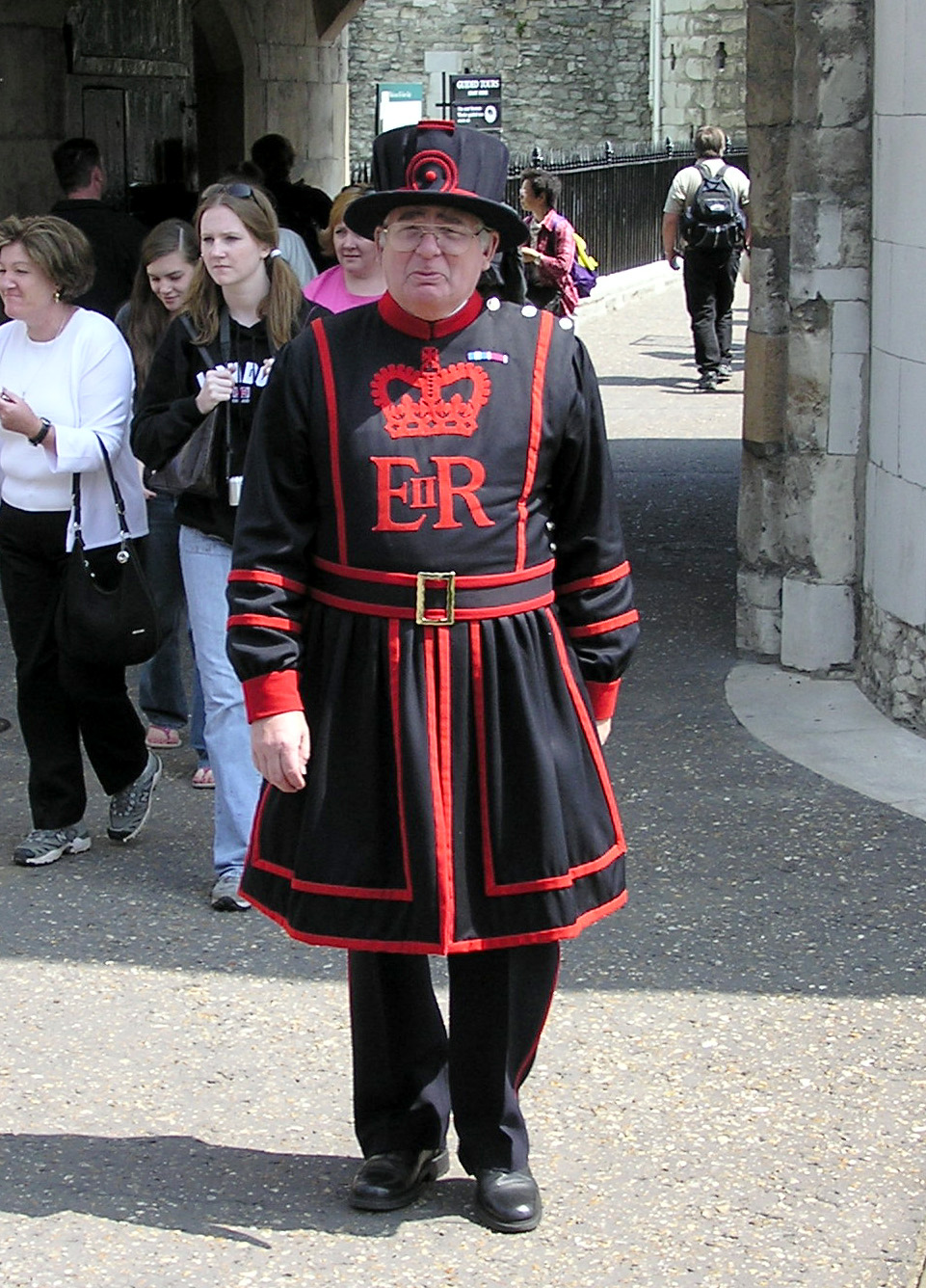|
1669 In England
Events from the year 1669 in England England is a country that is part of the United Kingdom. It shares land borders with Wales to its west and Scotland to its north. The Irish Sea lies northwest and the Celtic Sea to the southwest. It is separated from continental Europe b .... Incumbents * English monarch, Monarch – Charles II of England, Charles II * Parliament of England, Parliament – Cavalier Parliament, Cavalier Events * 23 February – Isaac Newton writes his first description of his new invention, the reflecting telescope. * 19 March – Christopher Wren appointed Office of Works, Surveyor of the King's Works. * 31 May – Samuel Pepys records the last entry in his Personal journal, diary, citing poor eyesight. * June – Catherine of Braganza, Queen Catherine Miscarriage, miscarries. * 9 October – English ship ''Nonsuch (1650 ship), Nonsuch'' returns to London with the first products acquired from trade around Canada's Hudson Bay, a cargo of fine fur ... [...More Info...] [...Related Items...] OR: [Wikipedia] [Google] [Baidu] |
1669
Events January–March * January 2 – Pirate Henry Morgan of Wales holds a meeting of his captains on board his ship, the former Royal Navy frigate ''Oxford'', and an explosion in the ship's gunpowder supply kills 200 of his crew and four of the pirate captains who had attended the summit. * January 4 – A 5.7 magnitude earthquake strikes the city of Shamakhi in Iran (now in Azerbaijan) and kills 7,000 people. Fourteen months earlier, an earthquake in Shamakhi killed 80,000 people. * February 13 – The first performance of the ''Ballet de Flore'', a joint collaboration of Jean-Baptiste Lully and Isaac de Benserade is given, premiering at the Palais du Louvre in Paris. King Louis XIV finances the performance and even appears in a minor role in the production as a dancer. * February 23 – Isaac Newton writes his first description of his new invention, the reflecting telescope. * March 11 – Mount Etna erupts, destroying the Sicili ... [...More Info...] [...Related Items...] OR: [Wikipedia] [Google] [Baidu] |
Hudson's Bay Company
The Hudson's Bay Company (HBC; french: Compagnie de la Baie d'Hudson) is a Canadian retail business group. A fur trading business for much of its existence, HBC now owns and operates retail stores in Canada. The company's namesake business division is Hudson's Bay, commonly referred to as The Bay ( in French). After incorporation by English royal charter in 1670, the company functioned as the ''de facto'' government in parts of North America for nearly 200 years until the HBC sold the land it owned (the entire Hudson Bay drainage basin, known as Rupert's Land) to Canada in 1869 as part of the Deed of Surrender, authorized by the Rupert's Land Act 1868. At its peak, the company controlled the fur trade throughout much of the English- and later British-controlled North America. By the mid-19th century, the company evolved into a mercantile business selling a wide variety of products from furs to fine homeware in a small number of sales shops (as opposed to trading posts) acros ... [...More Info...] [...Related Items...] OR: [Wikipedia] [Google] [Baidu] |
Susanna Wesley
Susanna Wesley (née Annesley; 20 January 1669 – 23 July 1742) was the daughter of Dr Samuel Annesley and Mary White, and the mother of John Wesley, John and Charles Wesley. “…although she never preached a sermon or published a book or founded a church, (she) is known as the Mother of Methodism. Why? Because two of her sons, John Wesley and Charles Wesley, as children consciously or unconsciously will, applied the example and teachings and circumstances of their home life.”Pellowe, Susan. Susanna Wesley Biography' 2009-05-13. Retrieved 4 Feb. 2007. Family Susanna Wesley, was the 25th of 25 children. Her father, Dr Samuel Annesley, was a English Dissenters, Dissenter from the established church in England. At the age of 12, Susanna stopped attending her father's church and joined the Church of England. She and Samuel Wesley (poet), Samuel Wesley were married on 11 November 1688; Samuel was 26 and Susanna was 19. Susanna and Samuel Wesley had 19 children. Nin ... [...More Info...] [...Related Items...] OR: [Wikipedia] [Google] [Baidu] |
The Closet Of The Eminently Learned Sir Kenelme Digbie Kt
''The'' () is a grammatical article in English, denoting persons or things already mentioned, under discussion, implied or otherwise presumed familiar to listeners, readers, or speakers. It is the definite article in English. ''The'' is the most frequently used word in the English language; studies and analyses of texts have found it to account for seven percent of all printed English-language words. It is derived from gendered articles in Old English which combined in Middle English and now has a single form used with pronouns of any gender. The word can be used with both singular and plural nouns, and with a noun that starts with any letter. This is different from many other languages, which have different forms of the definite article for different genders or numbers. Pronunciation In most dialects, "the" is pronounced as (with the voiced dental fricative followed by a schwa) when followed by a consonant sound, and as (homophone of pronoun ''thee'') when followed by a v ... [...More Info...] [...Related Items...] OR: [Wikipedia] [Google] [Baidu] |
Cookbook
A cookbook or cookery book is a kitchen reference containing recipes. Cookbooks may be general, or may specialize in a particular cuisine or category of food. Recipes in cookbooks are organized in various ways: by course (appetizer, first course, main course, dessert), by main ingredient, by cooking technique, alphabetically, by region or country, and so on. They may include illustrations of finished dishes and preparation steps; discussions of cooking techniques, advice on kitchen equipment, ingredients, and substitutions; historical and cultural notes; and so on. Cookbooks may be written by individual authors, who may be chefs, cooking teachers, or other food writers; they may be written by collectives; or they may be anonymous. They may be addressed to home cooks, to professional restaurant cooks, to institutional cooks, or to more specialized audiences. Some cookbooks are didactic, with detailed recipes addressed to beginners or people learning to cook particular dishes o ... [...More Info...] [...Related Items...] OR: [Wikipedia] [Google] [Baidu] |
Yeomen Warders
The Yeomen Warders of His Majesty's Royal Palace and Fortress the Tower of London, and Members of the Sovereign's Body Guard of the Yeoman Guard Extraordinary, popularly known as the Beefeaters, are ceremonial guardians of the Tower of London. In principle they are responsible for looking after any prisoners in the Tower and safeguarding the British crown jewels. They have also conducted guided tours of the Tower since the Victorian era. All warders are retired from the British Armed Forces and must be former warrant officers with at least 22 years of service. They must also hold the Long Service and Good Conduct Medal. The garrison consists of 32 (formerly 37) Yeomen Warders and one Chief Warder. Although the Yeomen Warders are often referred to as Yeomen of the Guard, a distinct corps of Royal Bodyguards of the British monarch, they are in fact a separate entity within this guard. Etymology of Beefeater The name ''Beefeater'' is of uncertain origin, with various proposed ... [...More Info...] [...Related Items...] OR: [Wikipedia] [Google] [Baidu] |
Tower Of London
The Tower of London, officially His Majesty's Royal Palace and Fortress of the Tower of London, is a historic castle on the north bank of the River Thames in central London. It lies within the London Borough of Tower Hamlets, which is separated from the eastern edge of the square mile of the City of London by the open space known as Tower Hill. It was founded towards the end of 1066 as part of the Norman Conquest. The White Tower (Tower of London), White Tower, which gives the entire castle its name, was built by William the Conqueror in 1078 and was a resented symbol of oppression, inflicted upon London by the new Normans, Norman ruling class. The castle was also used as a prison from 1100 (Ranulf Flambard) until 1952 (Kray twins), although that was not its primary purpose. A grand palace early in its history, it served as a royal residence. As a whole, the Tower is a complex of several buildings set within two concentric rings of defensive walls and a moat. There were severa ... [...More Info...] [...Related Items...] OR: [Wikipedia] [Google] [Baidu] |
Cosimo III De' Medici, Grand Duke Of Tuscany
Cosimo III de' Medici (14 August 1642 – 31 October 1723) was Grand Duke of Tuscany from 1670 until his death in 1723, the sixth and penultimate from the House of Medici. He reigned from 1670 to 1723, and was the elder son of Grand Duke Ferdinando II. Cosimo's 53-year-long reign, the longest in Tuscan history, was marked by a series of laws that regulated prostitution and May celebrations. His reign also witnessed Tuscany's deterioration to previously unknown economic lows. He was succeeded by his elder surviving son, Gian Gastone, when he died, in 1723. He married Marguerite Louise d'Orléans, a cousin of Louis XIV. The marriage was solemnized by proxy in the King's Chapel at the Louvre, on Sunday, 17 April 1661. It was a marriage fraught with tribulation. Marguerite Louise eventually abandoned Tuscany for the Convent of Montmartre. Together, they had three children: Ferdinando in 1663, Anna Maria Luisa, Electress Palatine, in 1667, and Gian Gastone, the last Medicean ... [...More Info...] [...Related Items...] OR: [Wikipedia] [Google] [Baidu] |
Algeria
) , image_map = Algeria (centered orthographic projection).svg , map_caption = , image_map2 = , capital = Algiers , coordinates = , largest_city = capital , religion = , official_languages = , languages_type = Other languages , languages = Algerian Arabic (Darja) French , ethnic_groups = , demonym = Algerian , government_type = Unitary semi-presidential republic , leader_title1 = President , leader_name1 = Abdelmadjid Tebboune , leader_title2 = Prime Minister , leader_name2 = Aymen Benabderrahmane , leader_title3 = Council President , leader_name3 = Salah Goudjil , leader_title4 = Assembly President , leader_name4 = Ibrahim Boughali , legislature = Parliament , upper_house = Council of the Nation , lower_house ... [...More Info...] [...Related Items...] OR: [Wikipedia] [Google] [Baidu] |
HMS Mary Rose (1654)
The ''Maidstone'' was a 40-gun fourth-rate frigate#Origins, frigate of the Kingdom of England, English Royal Navy, originally built for the navy of the Commonwealth of England at Woodbridge, Suffolk, Woodbridge, and launched in 1654. After Restoration (England), the Restoration of the monarchy in 1660, its name was changed to ''Mary Rose''. By 1677 its armament was increased to 48 guns. It was used in the Anglo-Dutch Wars and the Nine Years' War, War of the Grand Alliance. John Kempthorne (Royal Navy officer), John Kempthorne commanded it in 1669, and fought off an attack by seven Barbary pirates, Algerian corsair ships in the Battle of Cádiz (1669), Battle of Cádiz. ''Mary Rose'' was captured by the Kingdom of France, French in 1691. Notes References *Lavery, Brian (2003) ''The Ship of the Line - Volume 1: The development of the battlefleet 1650-1850.'' Conway Maritime Press. . Frigates of the Royal Navy 1650s ships Captured ships {{England-stub ... [...More Info...] [...Related Items...] OR: [Wikipedia] [Google] [Baidu] |
Battle Of Cádiz (1669)
On 18–19 December 1669,Sources differ as to the date on which this action took place. Hollar's eyewitness account indicates 18–19 December, and some sources concur, but others suggest the 8th or the 28th. a battle took place in the waters near Cádiz between the English fourth-rate frigate ''HMS Mary Rose (1654), Mary Rose'' under the command of Rear-Admiral John Kempthorne (Royal Navy officer), John Kempthorne, escorting several merchantmen, and a group of seven pirate ships operating out of Algiers. The incident was recorded and drawn by the engraver Wenceslaus Hollar, with an engraving appearing in John Ogilby's ''Africa''. The action occurred while the ''Mary Rose'' was returning from a diplomatic mission to Al-Rashid of Morocco, Mulay Rashid (referred to as "Tafiletta" in early English sources), the sultan of Morocco, that had been conducted by Henry Howard, 6th Duke of Norfolk, Lord Henry Howard, with Hollar accompanying him in order to complete some drawings and maps of ... [...More Info...] [...Related Items...] OR: [Wikipedia] [Google] [Baidu] |
Deptford
Deptford is an area on the south bank of the River Thames in southeast London, within the London Borough of Lewisham. It is named after a ford of the River Ravensbourne. From the mid 16th century to the late 19th it was home to Deptford Dockyard, the first of the Royal Dockyards. This was a major shipbuilding dock and attracted Peter the Great to come and study shipbuilding. Deptford and the docks are associated with the knighting of Sir Francis Drake by Queen Elizabeth I aboard the ''Golden Hind'', the legend of Sir Walter Raleigh laying down his cape for Elizabeth, Captain James Cook's third voyage aboard HMS ''Resolution'', and the mysterious apparent murder of Christopher Marlowe in a house along Deptford Strand. Though Deptford began as two small communities, one at the ford, and the other a fishing village on the Thames, Deptford's history and population has been mainly associated with the docks established by Henry VIII. The two communities grew together and flouri ... [...More Info...] [...Related Items...] OR: [Wikipedia] [Google] [Baidu] |



.png)




